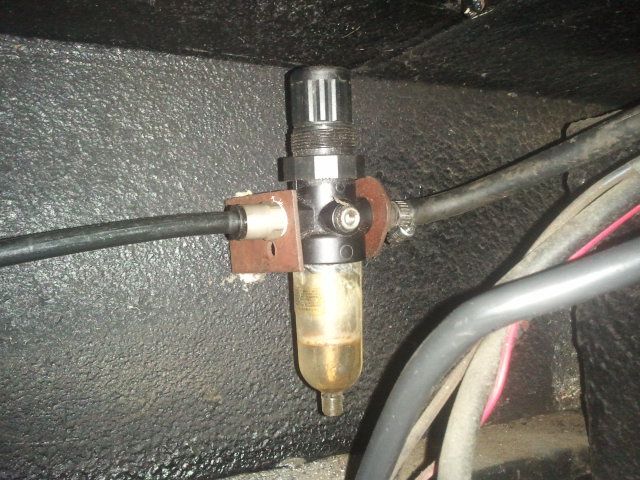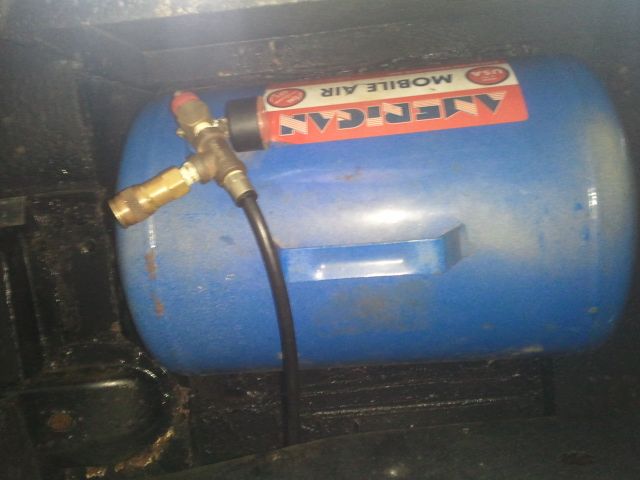The alternator itself doesn't need to spin any more than 3600 RPM. It would be a pretty good match if the pulley size on the engine matches the pulley size on the alternator for a 1:1 ratio.
So how do you plan to test amps?
Generally amps are relevant for fuse protection and wire sizing. The wire is sized/fused for how many amps it can safely carry without damage to it's insulation. Sometimes a fuse is used to protect a device but mainly a fuse is used to protect the wire. Electrical fires are caused when the insulation overheats.
Another consideration if you plan to run the alternator at full capacity is cooling. You can run the alternator at 100% duty cycle but you need to be sure it can dissipate the heat that will be generated at that high output. You may need a fan to move enough air to keep everything cool including the engine.







 Reply With Quote
Reply With Quote






